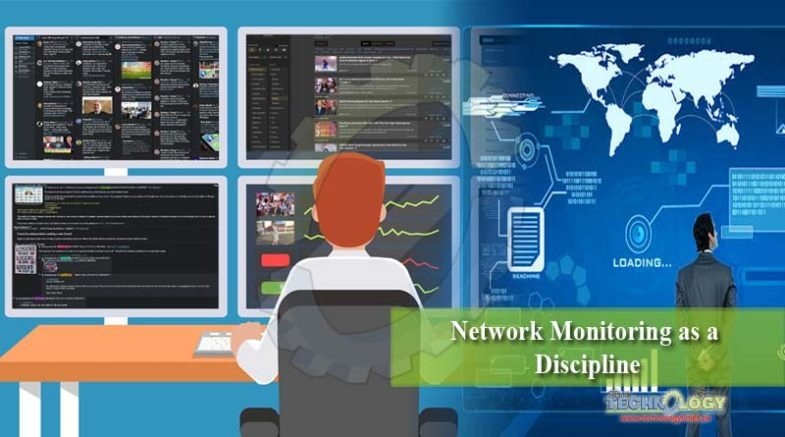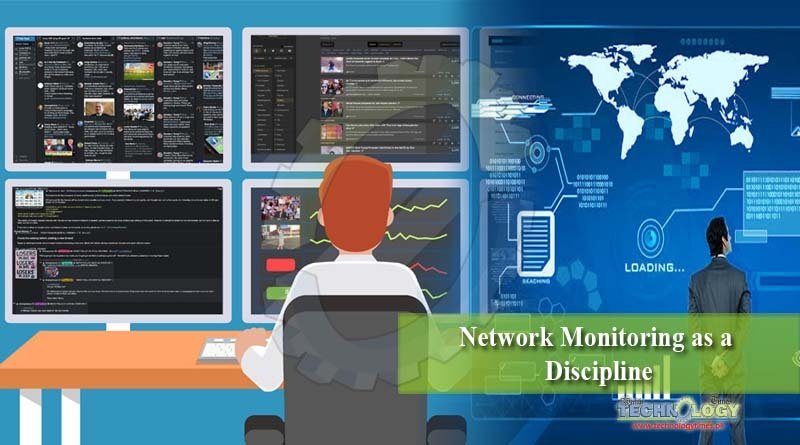Cisco network monitoring tools are essential to keep watch on your equipment, monitor usage and create alerts and notifications when things aren’t functioning as they should.
 Enterprise networks are a complex thing, often comprised of thousands of switches, routers, endpoints and other moving parts. They connect thousands of employees, customers and partners all over the world, enabling them to perform the tasks that keep the wheels of your organization turning.
Enterprise networks are a complex thing, often comprised of thousands of switches, routers, endpoints and other moving parts. They connect thousands of employees, customers and partners all over the world, enabling them to perform the tasks that keep the wheels of your organization turning.
That’s why it’s of paramount importance that your IT teams are equipped to maintain control of your network and larger unified communications (UC) environment.
Network monitoring tools, like Prognosis for Unified Communications, enable visibility and pro activity to avoid issues with your network, like sluggish systems, or worse still, the entire network crashing. The flow-on effect of network down time can have a serious impact on productivity, which almost always translates to a negative effect on your bottom line.
For enterprise IT professionals, monitoring as a discipline is crucial. It means you can have confidence that your entire network, servers, applications, and so on are all secure and stable, and running at peak efficiency.
Why Cisco network monitoring tools are vital
Cisco is one of the world’s biggest players in the field when it comes to networking equipment and hardware in communication solutions. Most organizations are using at least some Cisco equipment in their network. And while Cisco does provide a stable and sturdy environment, these environments are still incredibly complex and, as with any vendor, problems can still arise.
Benefits of a network management system
Performance – A frustratingly slow network wastes time, and is often worse than when a network is down altogether. An efficient enterprise-class network management system monitors the performance of the network not only at the device level, but also toward application flow.
Root Cause analysis – When you have a problem in your network, knowing exactly where it originated is important in being able to address the root of the issue and preventing it from happening again.
Configuration – In a large majority of cases, problems on a network are simply a result of someone changing a device, so it’s important to integrate device configuration changes into your network management solutions.
Proactive vs reactive management – This is the difference between being alerted when a system has crashed (reactive), versus gaining insight into when conditions are ripe for a potential crash to occur and being able to take steps to avoid it happening in the first place (proactive).
You can’t afford not to…
There are many reasons why IT managers don’t implement network monitoring and troubleshooting tools; budgetary restrictions, security concerns, simply not understanding the need. But research has shown that these tools are vital in preventing outages, improving system performance and improving end-user satisfaction.
Organizations make significant investments of time, money and resource in implementing critical UC infrastructure. Running these environments without monitoring and troubleshooting tools is like buying a high-performance sports car and driving it without insurance.
